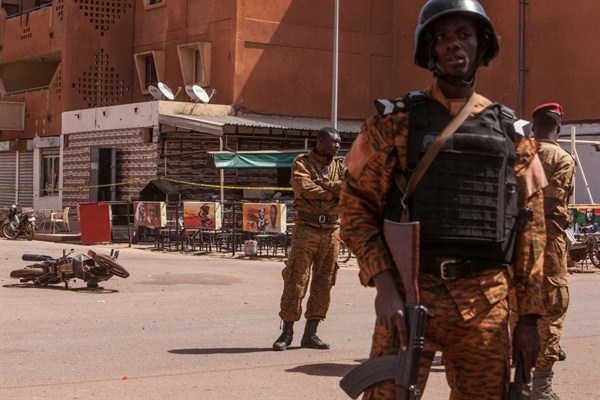During his visit last week to northern Mali, Emmanuel Macron, France’s new president, announced that he would attend the next meeting of the G5 Sahel, a grouping of five countries—Mauritania, Mali, Burkina Faso, Niger and Chad—focused on mobilizing against extremist militants in the Sahel region. The G5 Sahel was originally created in February 2014, and plans for a multinational military force were announced the following year, at a November 2015 summit meeting in Chad. Since then, however, few details have been made available on the force’s composition and how it will operate. In an email interview, Nicolas Desgrais, a researcher at the Brussels School of International Studies at the University of Kent, explains the security threats in the region and how the force might help to contain them.
WPR: What are current plans for the force in terms of its size and how it will be deployed?
Nicolas Desgrais: Since the announcement of the multinational force, scant information has been made public on its architecture, command structure, mandate and potential missions. Member states have only noted that the force will be composed of 4,000 soldiers, as Mali’s defense minister, Tiena Coulibaly, told journalists at a meeting earlier this month in Abidjan.

